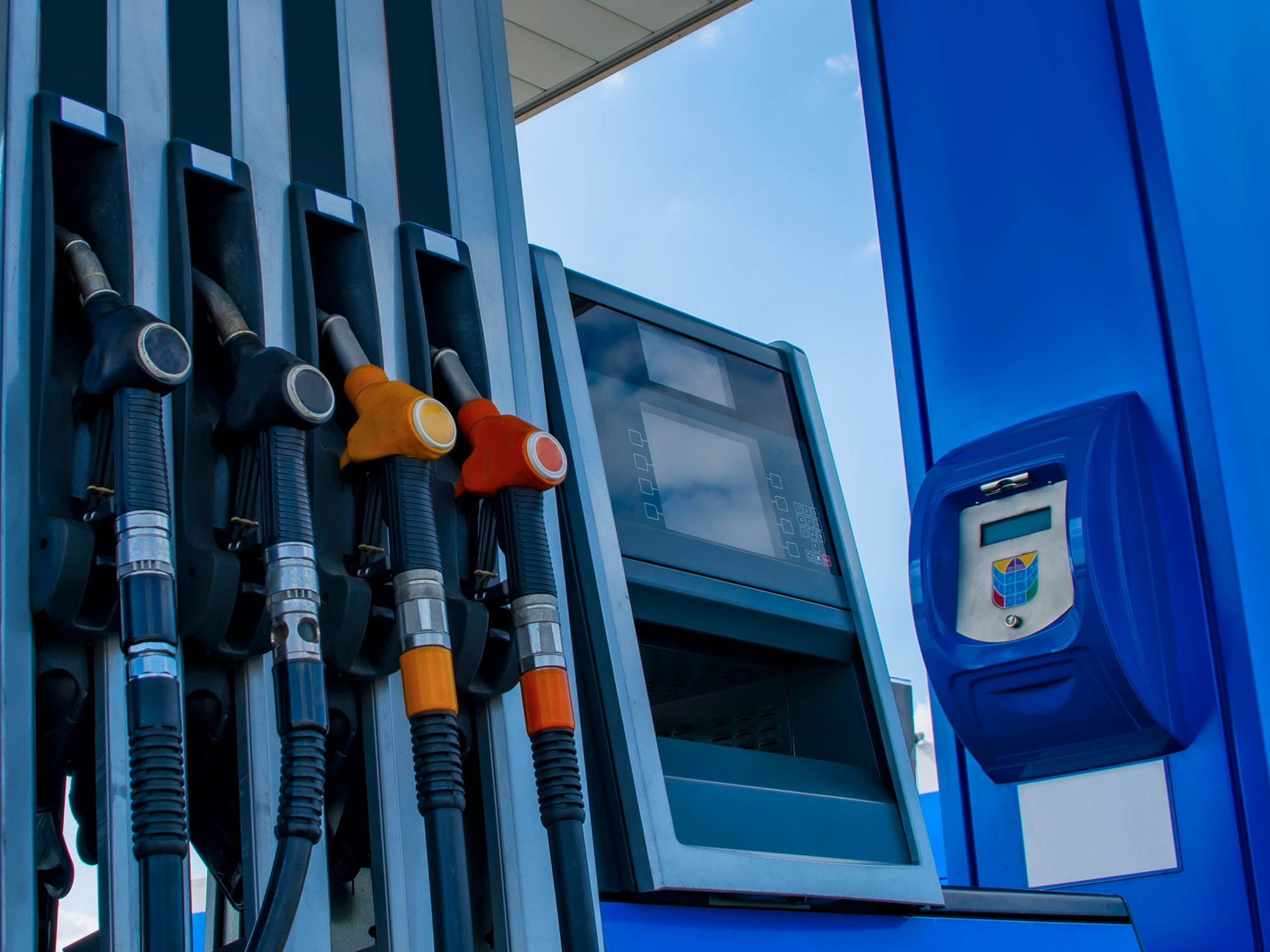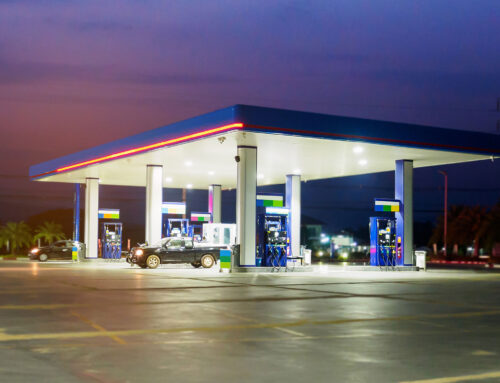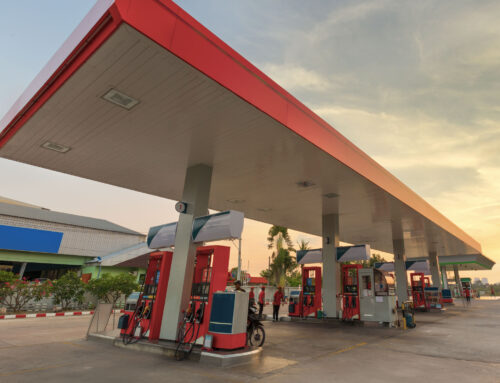In 1964, Colorado-based convenience store franchisee John Roscoe started adding remote self-service fuel pumps to his 12 locations in the Denver area. “What made self-serve so important to the convenience store industry was that we already had the facility,” Roscoe explained.
“By spending $10,000, we effectively got the gasoline business from full-serve gas stations without their labor expenses. Convenience store sales averaged about $300 a day and developed about $100 a day in pre-tax margin dollars. However, if you could sell 1,000 gallons of gasoline with a 10-cents-a-gallon margin, you could double your margin without adding much to your expenses.”
How Self-Service at Gas Stations and Convenience Stores Has Evolved
Sixty years later, self-service looks radically different. Payment at the pump is ubiquitous. In tech-savvy convenience store locations, touchscreens allow customers to browse and purchase food and beverages and pay at a self-service kiosk.
During COVID, most consumers got accustomed to and even grew to expect contactless payment. Business owners welcomed this shift in light of pandemic-era staffing shortages and labor costs and used it as an opportunity to trim expenses.
In 2022, McKinsey examined grocery stores and retailers’ adoption of self-checkout.
“Customers increasingly value the safety, speed, and convenience offered by self-checkout, which can reduce friction for consumers and—crucially—free up employees for other operational tasks such as stocking and ad hoc customer assistance. When properly implemented, tech-enabled self-checkout can improve in-store productivity by 6 to 12 percent by reducing the labor hours required for operation.”
Business owners have learned that customers are likely to spend more if they use a self-service kiosk and feel empowered as they do it. A Dover Fueling Solutions study indicated that 40 percent of customers will use self-ordering technology for convenience store purchases and most consumers will switch fuel stations if they discover a competitor that offers a better user experience.
What To Expect from Self-Service Kiosks in the Near Future
Self-service kiosk technology is changing rapidly with the proliferation of big data and artificial intelligence. AI-enabled kiosks can provide customer assistance, cutting labor costs by approximately 10 percent, according to McKinsey. As kiosks integrate with mobile applications, they will seamlessly facilitate payment, customized orders, and loyalty programs. Biometrics, such as facial and behavioral recognition, could verify customers’ identity. Greater amounts of consumer data will allow self-service kiosks to offer a more personalized customer experience.
AI can even track and predict inventory, foot traffic, vehicle traffic, and weather patterns, providing real-time information to gas station and convenience store management.
How Financial Fuel Services Can Help Your Business Adapt
With the adoption of self-service kiosks, convenience stores and gas station franchises can elevate their customer experience. Consumers can order food, beverages, and other necessary items while they pump gas, shortening their stay at your business, reducing your labor costs, and increasing their spending.
As self-service kiosk technology advances, the future is bright for your business’s ability to offer an unmatched customer experience.
The team at Financial Fuel Services can facilitate the installation of self-service kiosks at your gas station, convenience store, or oil company. To learn more about how we can help, set up your consultation today.






